 |
| Electric cars - towards a green environment in Hue City. Photo: MINH ANH |
The right choice to go faster
It is no coincidence that on many central streets of the city, people have begun to get used to electric taxis, smokeless buses, and GCoo smart bicycles. “The pleasant air and the lack of car horns really make me feel like I am in a Northern European city,” an international tourist shared after experiencing walking on the streets. This feeling is not just a compliment, but a testament to Hue’s gentle but steady movement in its journey of green transportation transformation.
While large cities such as Ho Chi Minh City and Hanoi are still struggling with infrastructure and pollution, Hue, with its flat terrain, heritage density and interwoven parks, has the advantage of shaping a model green urban area. Instead of investing in widespread "mega-projects", the city chooses to approach each key component such as investing in charging stations covering all central wards, electric bus lanes along the Huong River, smart parking lots, digital platforms for personalized journey management, etc.
Recently, the City People's Committee issued Plan 305, dated July 16, 2025, on the conversion to electric cars for public passenger transport routes by bus and inter-provincial passenger cars in the city in the period of 2025 - 2030, with the goal that by 2030, at least 60% of taxis and 30% of inter-provincial passenger cars will switch to electric. This is considered a practical starting step, creating a foundation for the green transport infrastructure development project in the period of 2025 - 2030, aiming to reduce greenhouse gas emissions in the transport sector.
Accordingly, the development strategy does not stop at "changing vehicles", but includes reorganizing the entire system: Planning green parking lots, integrating charging stations, developing public bicycles and non-motorized corridors.
The green transport model has also been implemented by some countries and has proven effective. Typically, the Netherlands with 17 million people but owning more than 20 million bicycles is a model for organizing non-motorized, efficient and sustainable transport. People in this country do not use cars if they only travel less than 7.5km. With more than 35,000km of bicycle lanes and electric taxi companies such as Connexxion, TCA, this country has proven that a clean environment and clean transport can go hand in hand with urban economic efficiency.
In Hue, the GSM electric taxi model, Phuong Trang electric bus, and GCoo bicycle are being expanded and positively received by the community. Accordingly, a city where people find it convenient to give up motorbikes, businesses benefit from using electric vehicles, and tourists can travel in peace is a livable city.
Redesign your lifestyle
Green transport is not only a technical problem, but also a matter of reorganizing urban behavior. Cities such as Copenhagen (Denmark) to Freiburg (Germany), Oslo (Norway)... have proven that quality of life, public health, and urban longevity depend directly on emission density, the proportion of non-motorized space, and green transport infrastructure. For Hue, a city that is often affected by climate change, green transformation is no longer a trend, but an inevitable condition. Especially when the city is moving towards a smart, low-emission urban model, adapting to sustainable climate change.
From a practical perspective, Mr. Le Xuan Trong, Institute of Transport Strategy and Development (former Ministry of Transport) recommended: “To promote sustainable green transport, it is necessary to simultaneously study and apply technological solutions to simplify the use of public bicycles, expand walking space and strengthen urban order control on the streets”. Mr. Trong also emphasized the role of “bicycle culture” as a feasible solution for short trips, especially if well connected to the existing public passenger transport network.
In fact, a part of Hue people have converted. Mr. Nguyen Duc Luong (Thuan An ward) said that after a period of using gasoline cars, he decided to switch to electric cars because he saw many obvious benefits: "I carefully studied the features of electric cars, found them suitable for the new trend, the quiet engine is suitable for moving in the inner city. Moreover, when Hue is building a green city, I want to be the first to respond, contributing to environmental protection, while also being suitable for the landscape and traffic culture of the city". According to Mr. Luong, support policies from manufacturers are also a motivating factor for conversion.
Urban restructuring cannot be achieved by mere calls. From solar-powered parking lots to heritage-connected bicycle corridors, the city is reorganizing urban life through concrete changes and social consensus. When visitors can book an electric bus via an app, cycle along the Perfume River or walk under the shade of trees, it will be a clear demonstration of a green, civilized, and modern city...
Source: https://huengaynay.vn/kinh-te/xay-dung-giao-thong/thuc-day-giao-thong-xanh-bang-cach-tiep-can-thuc-te-156641.html



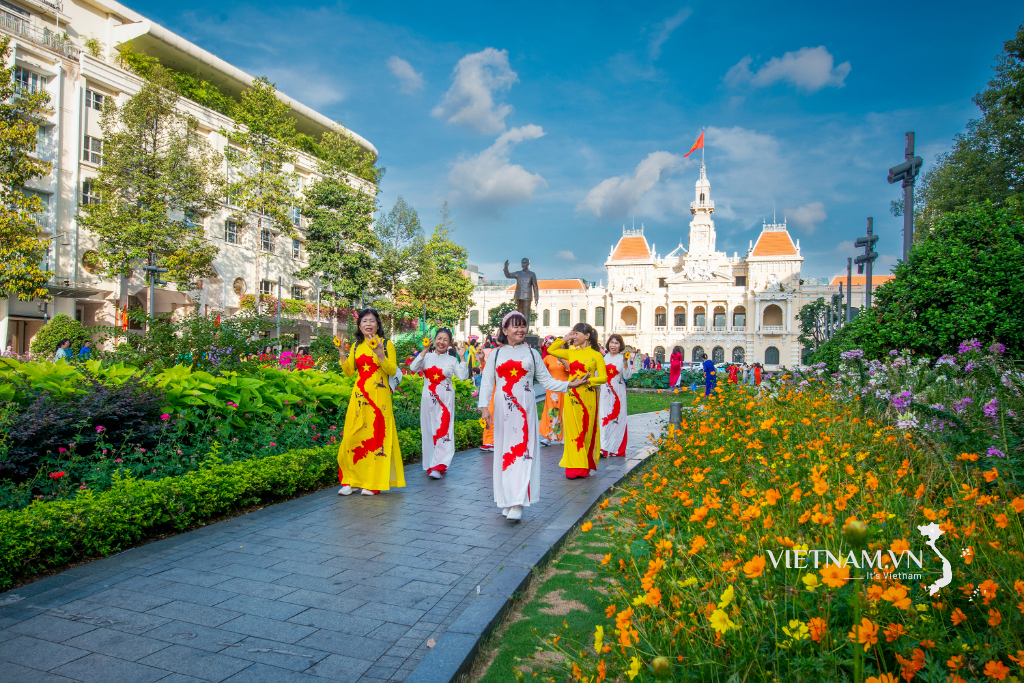

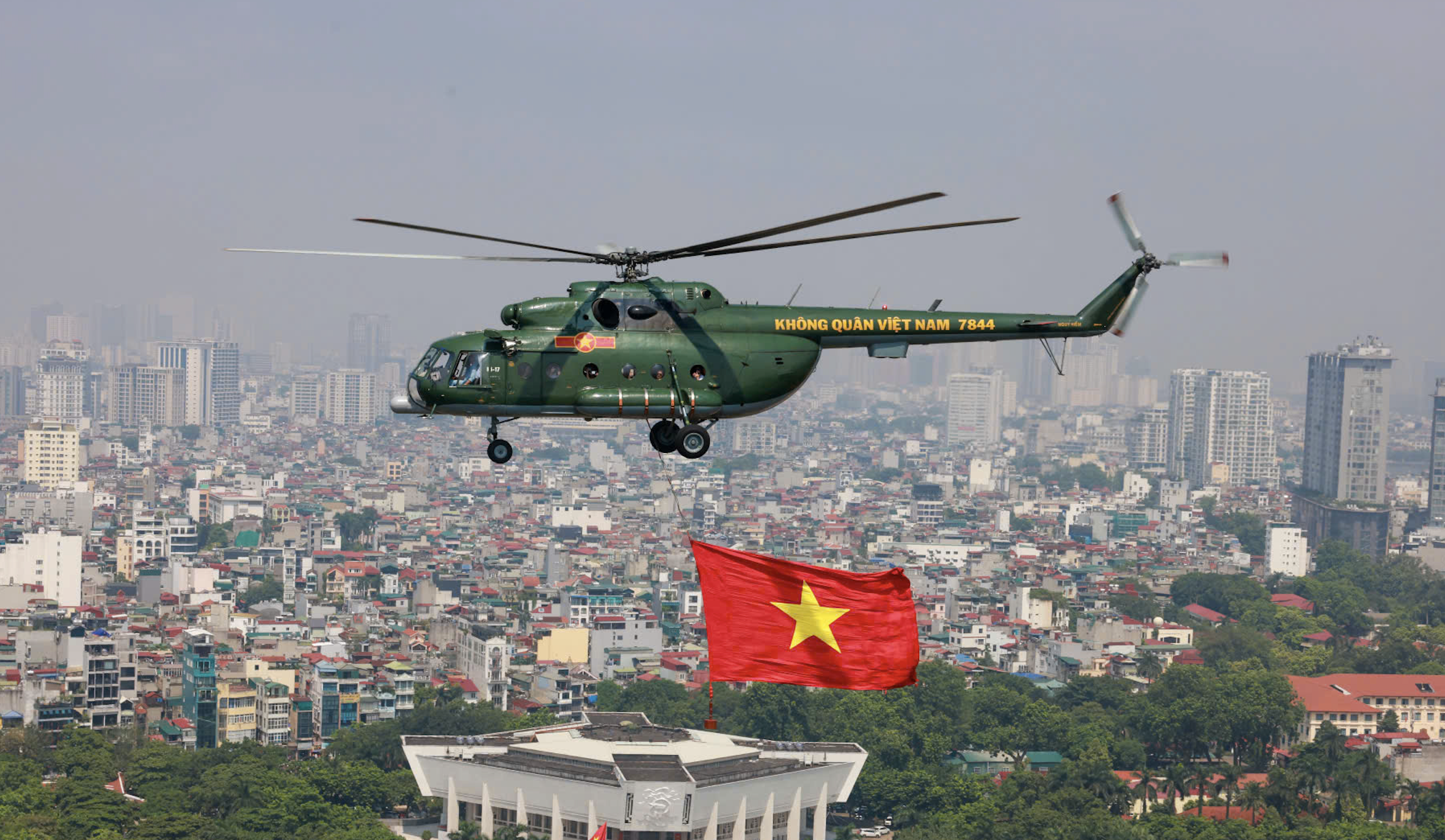

![[Photo] Party and State leaders meet with representatives of all walks of life](https://vstatic.vietnam.vn/vietnam/resource/IMAGE/2025/8/24/66adc175d6ec402d90093f0a6764225b)
![[Photo] Phu Quoc: Propagating IUU prevention and control to the people](https://vstatic.vietnam.vn/vietnam/resource/IMAGE/2025/8/24/f32e51cca8bf4ebc9899accf59353d90)




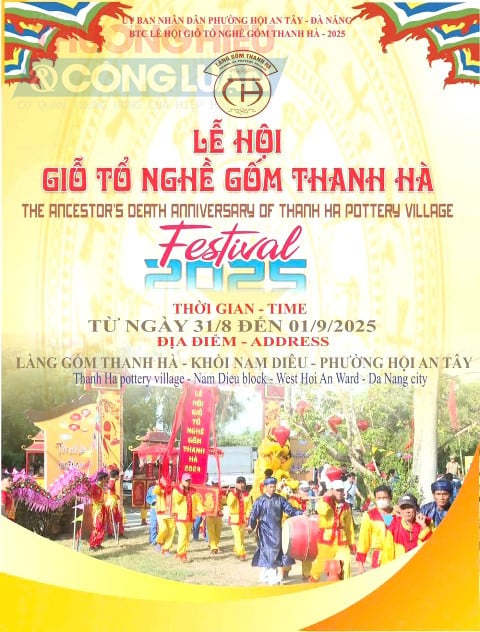

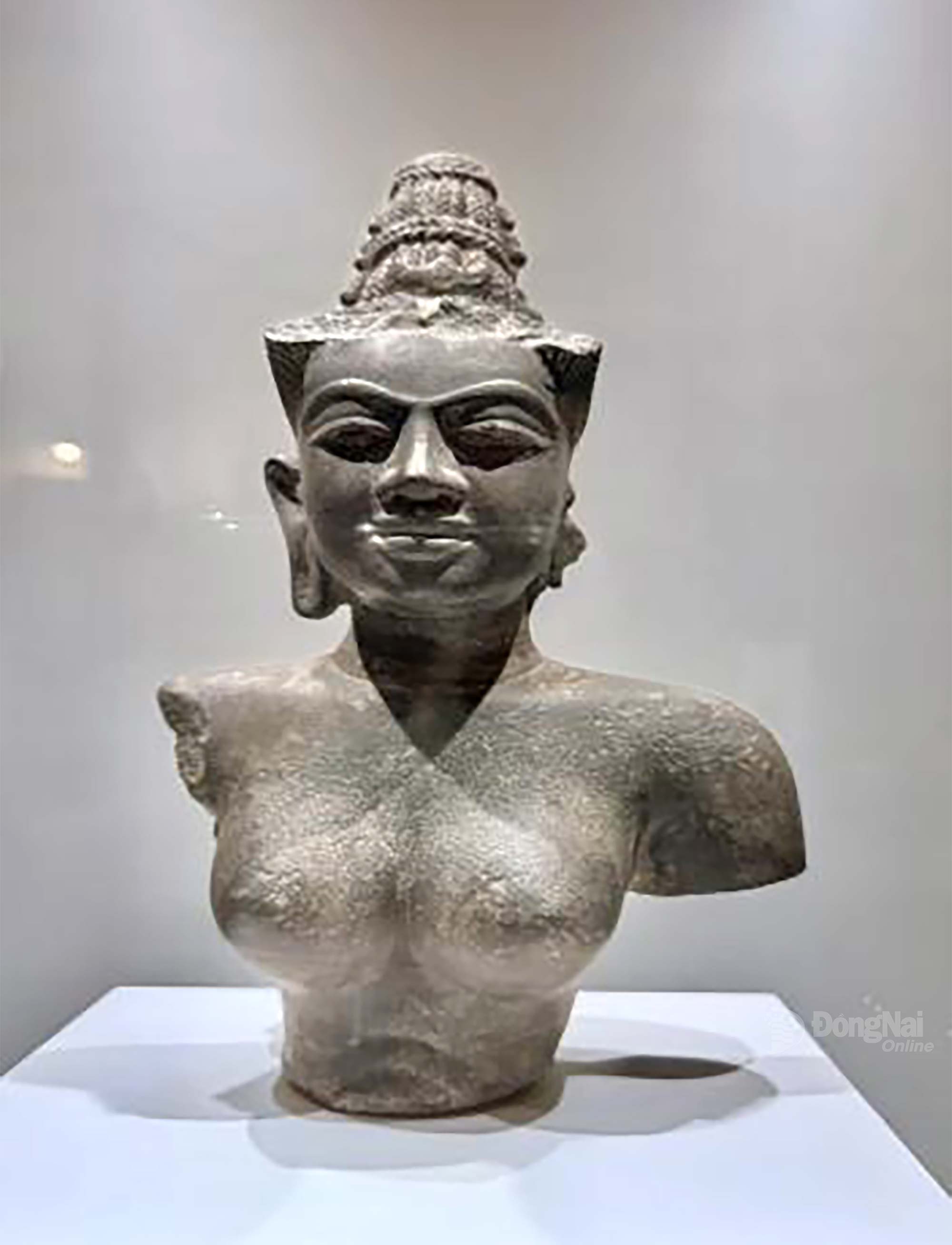

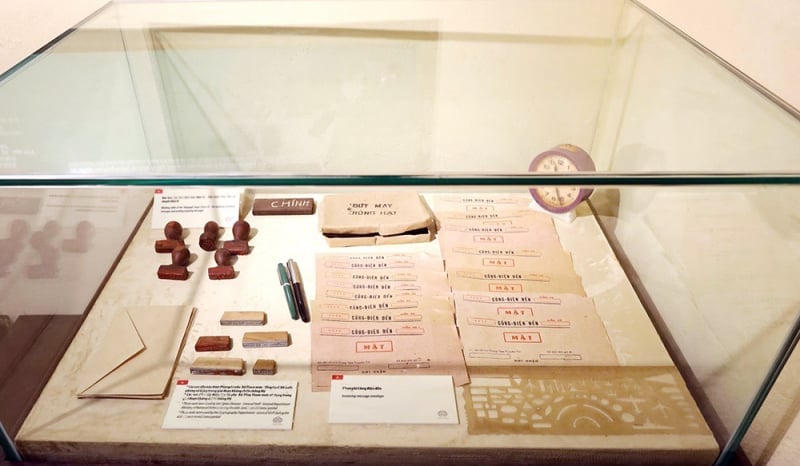

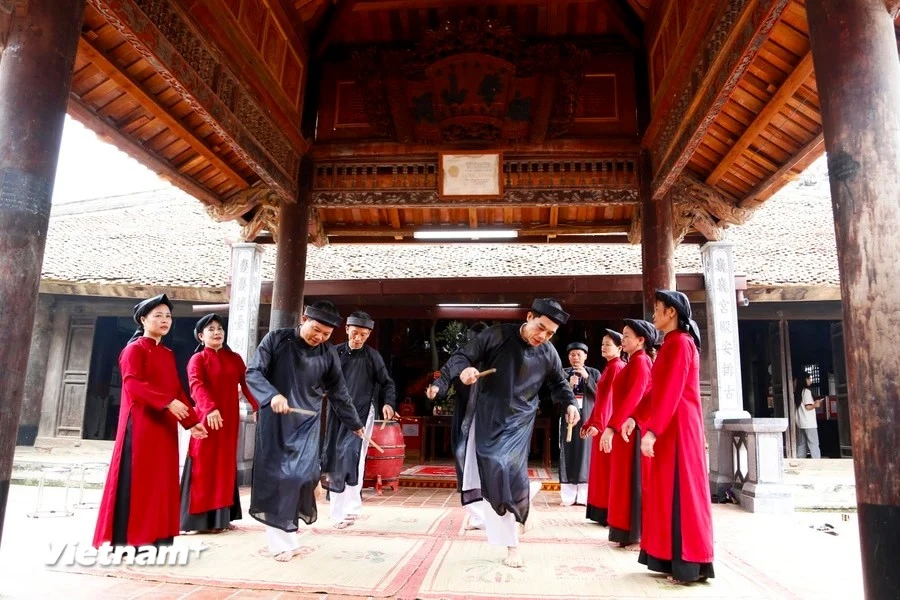




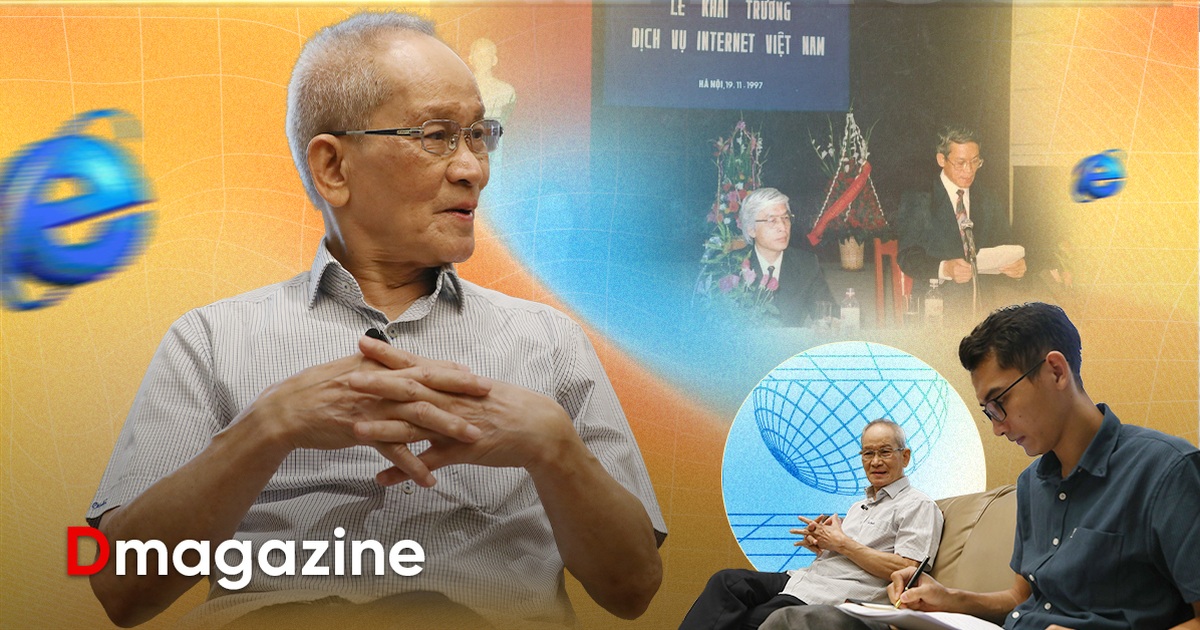



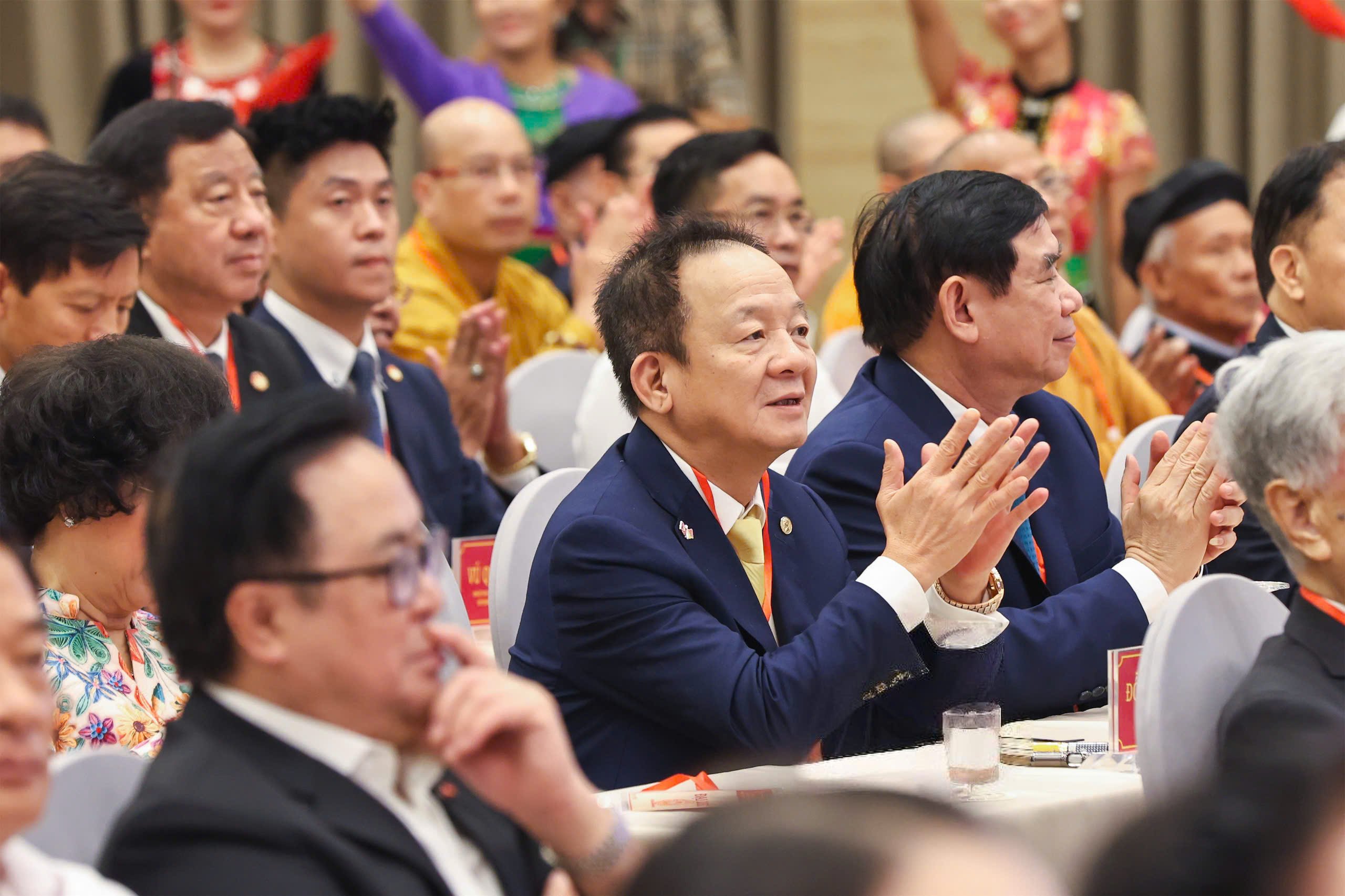



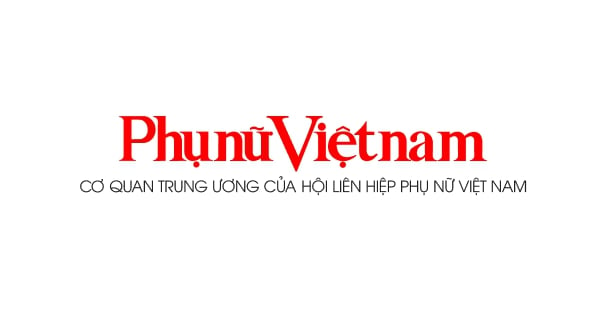
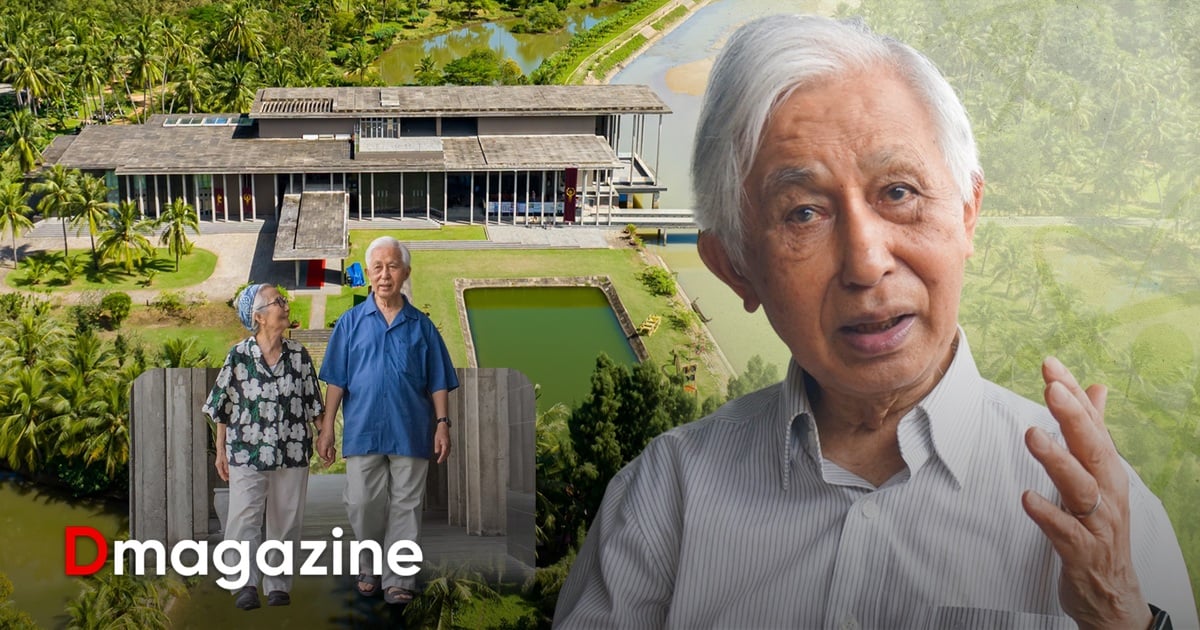






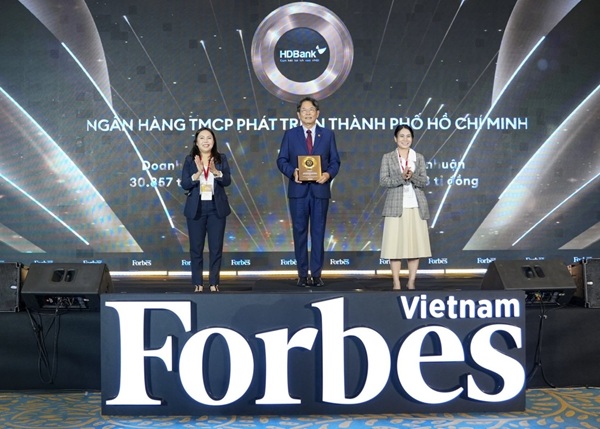

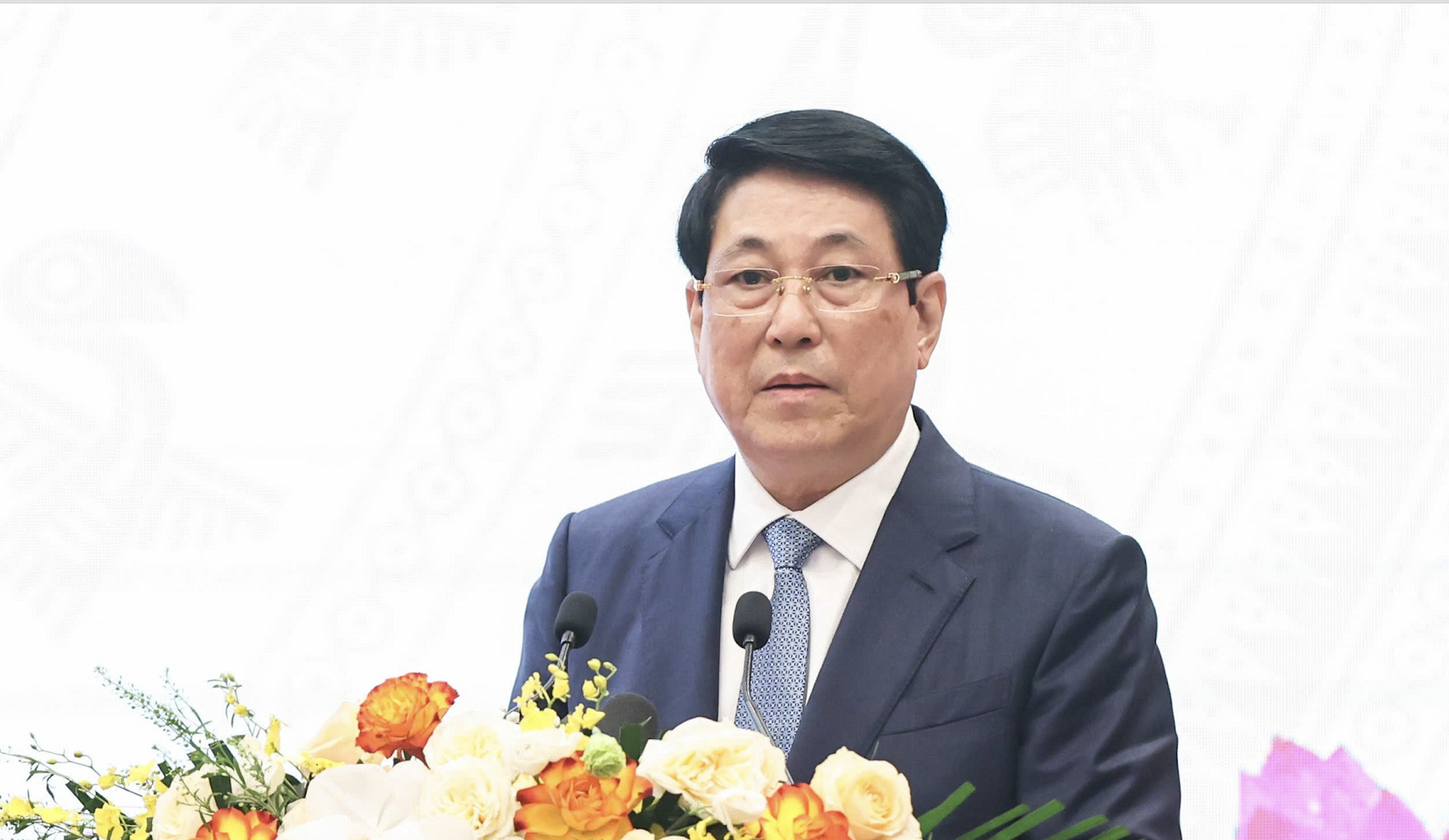

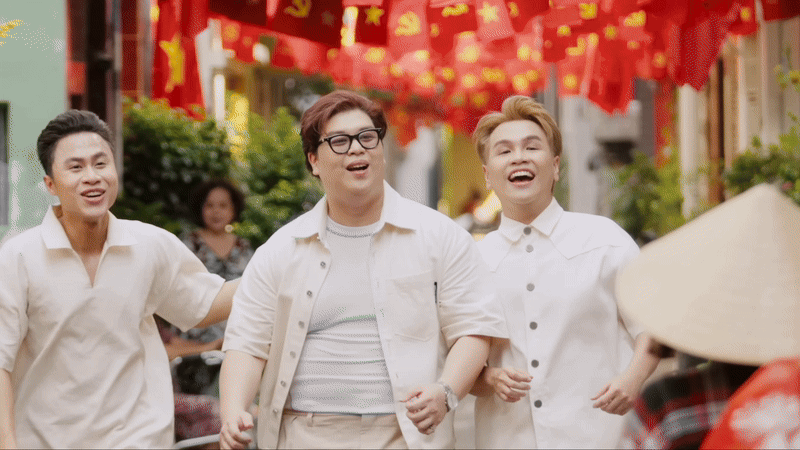

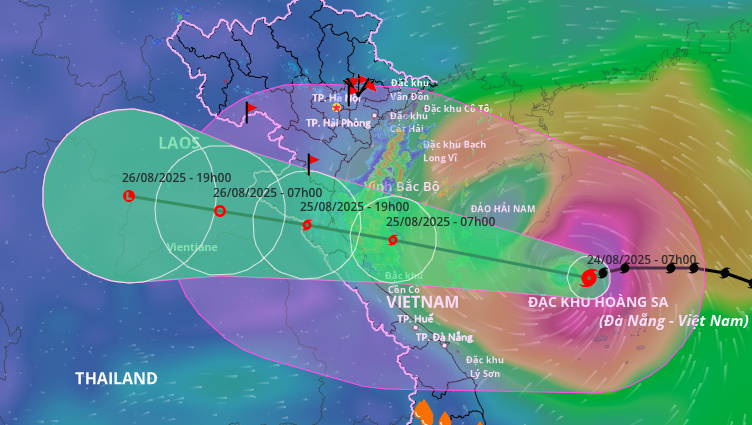
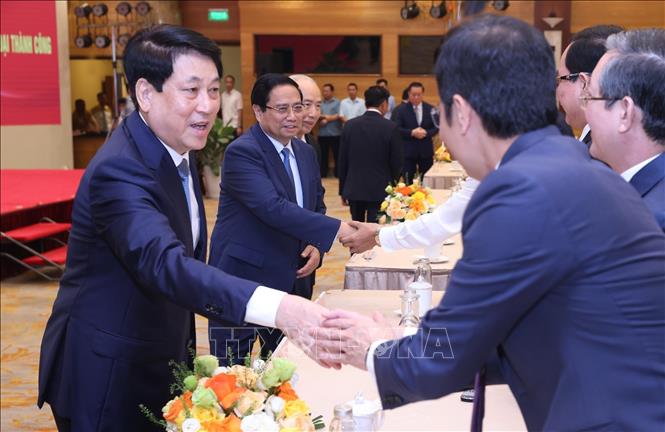
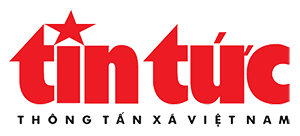
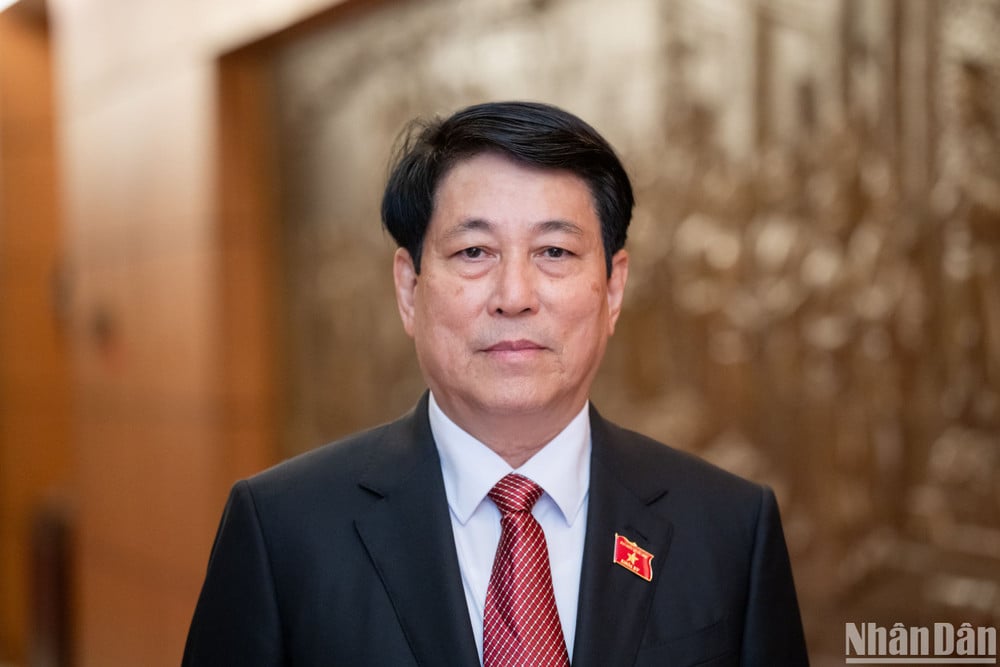

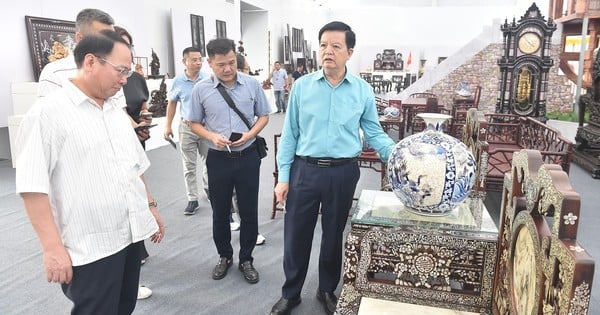


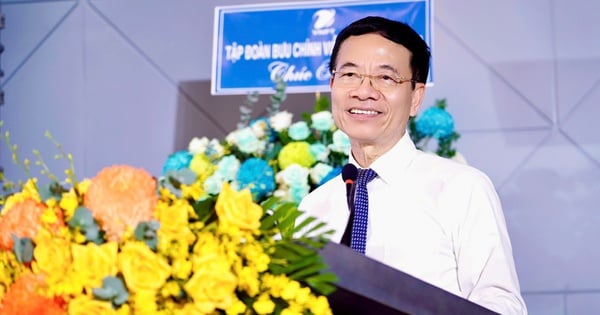





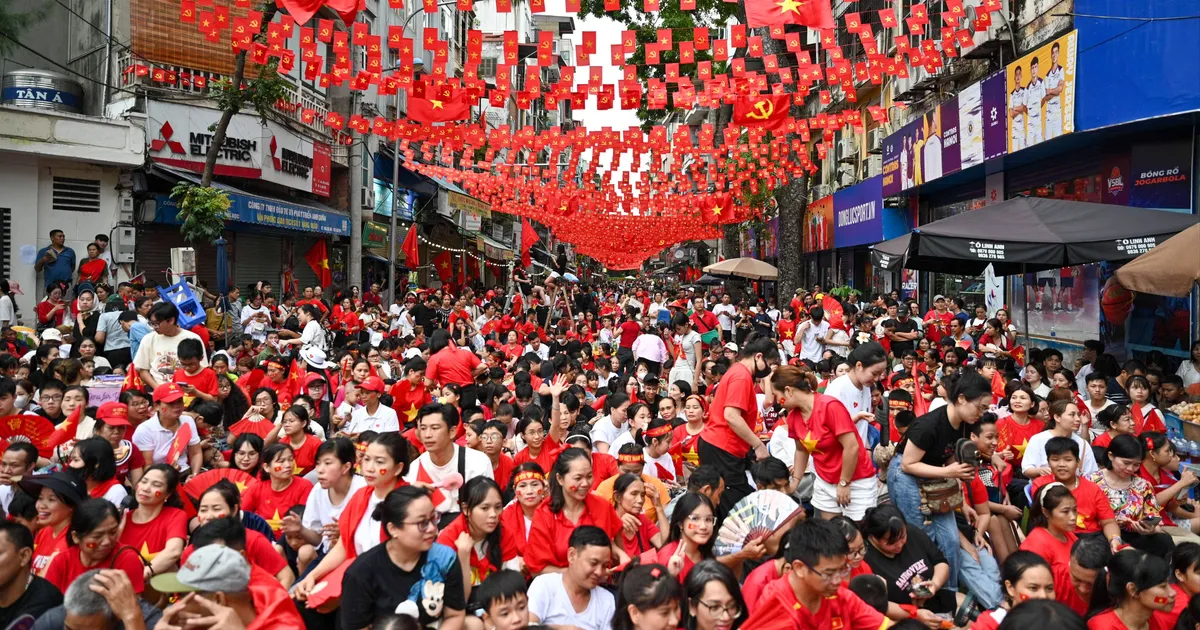

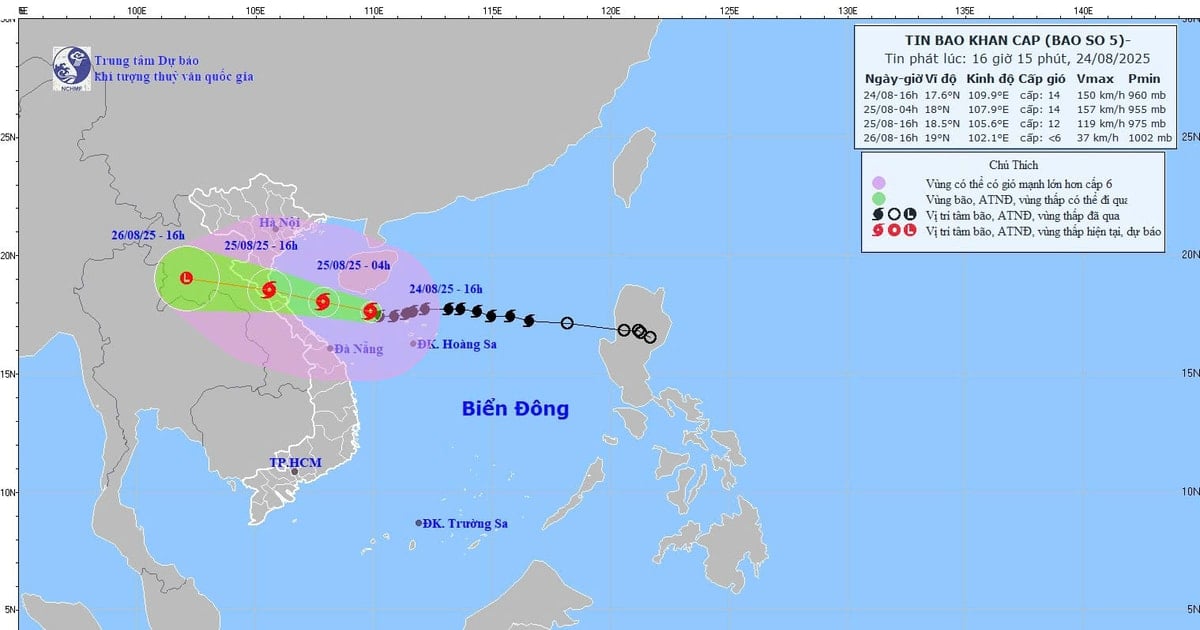

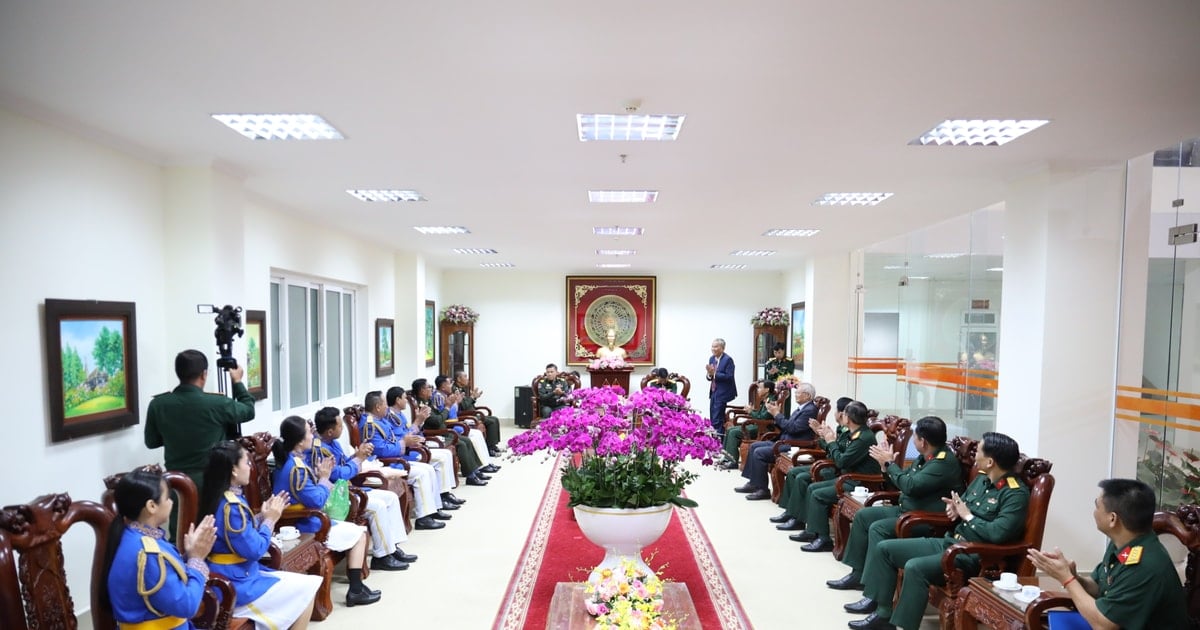
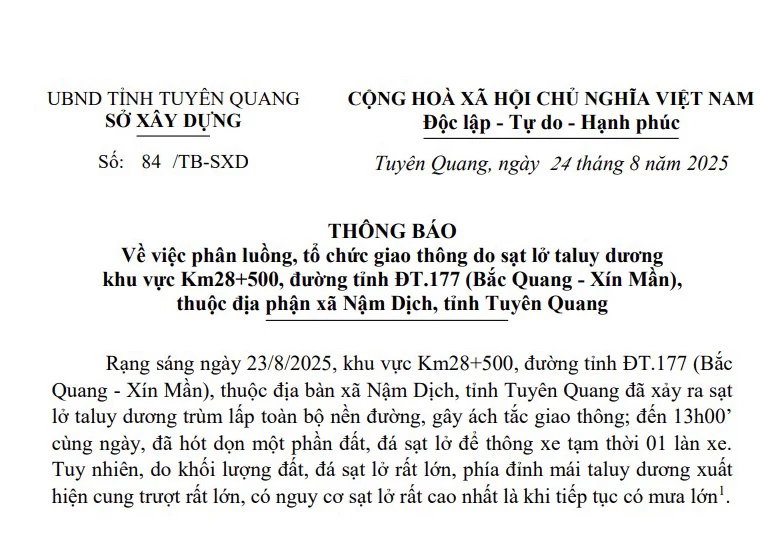

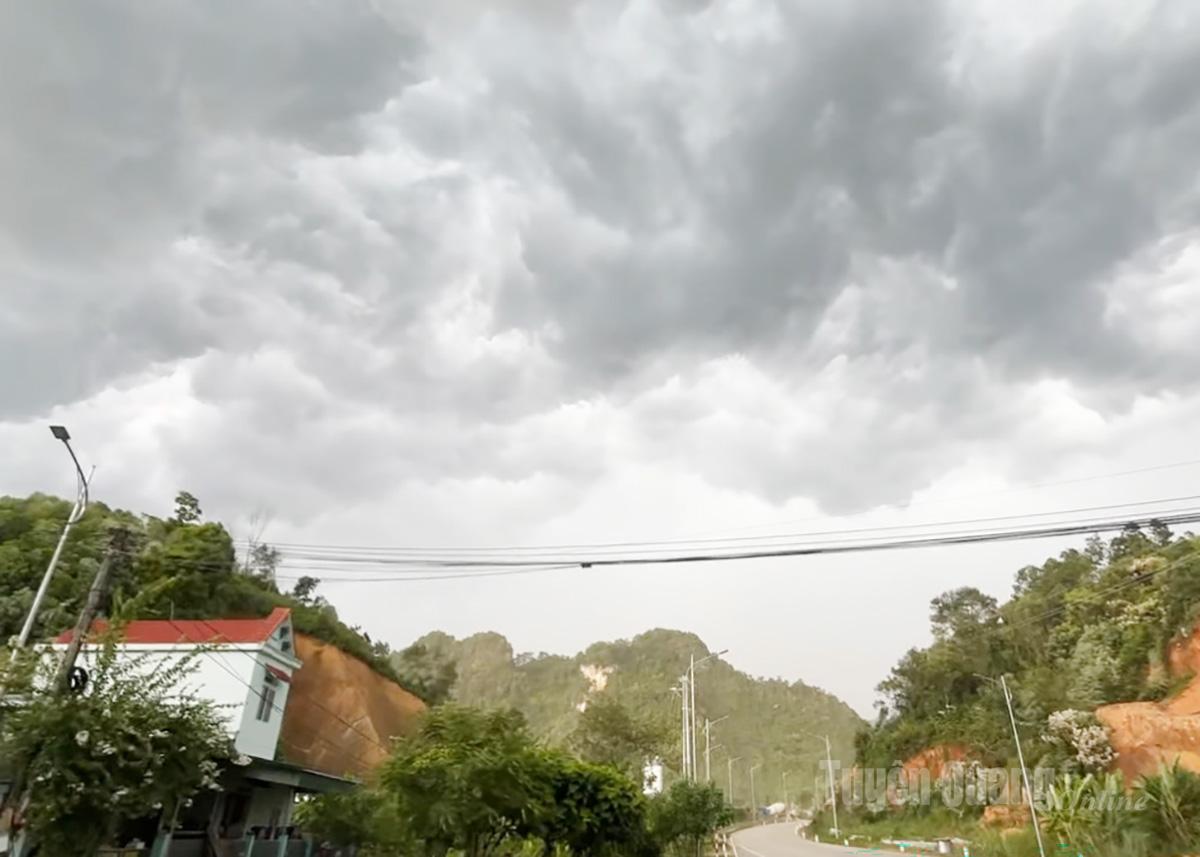
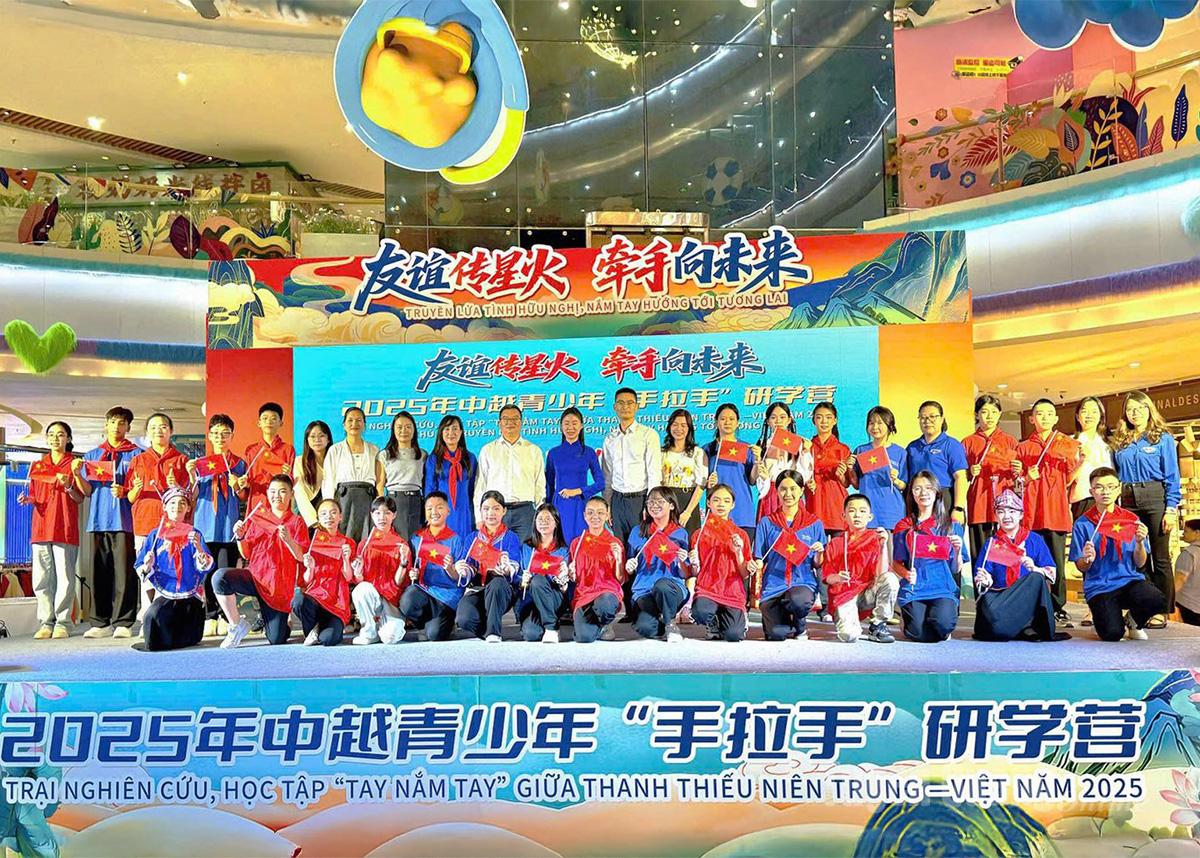
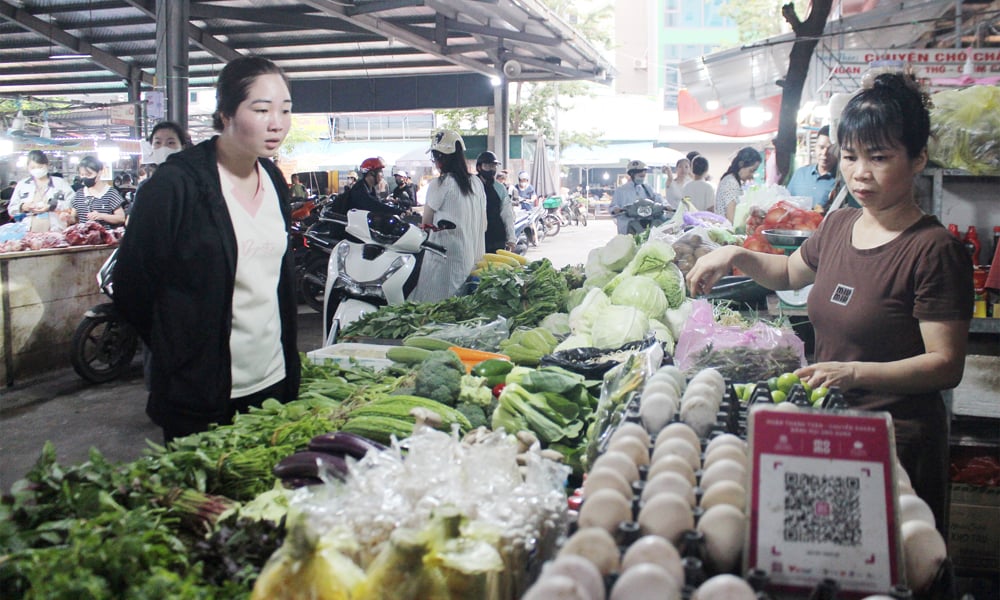




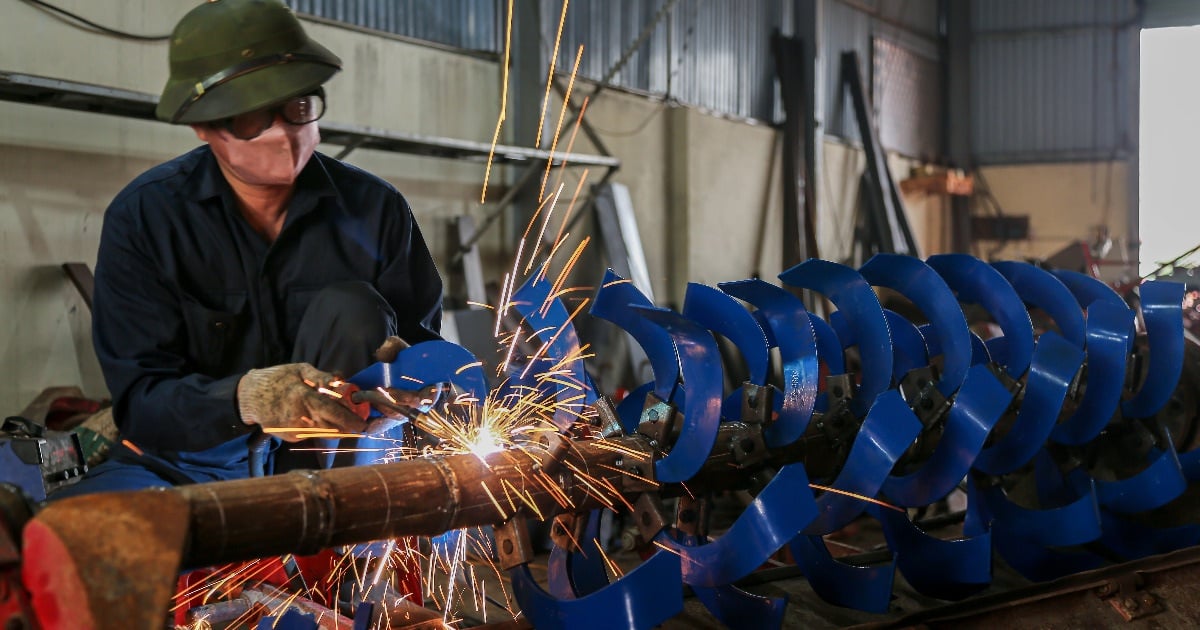

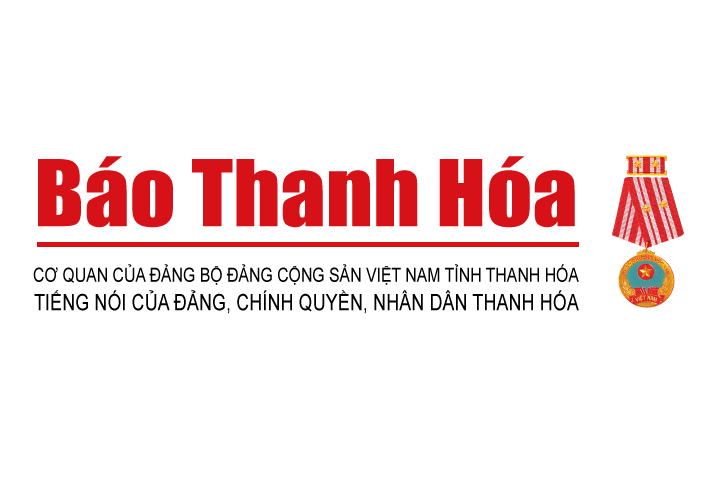
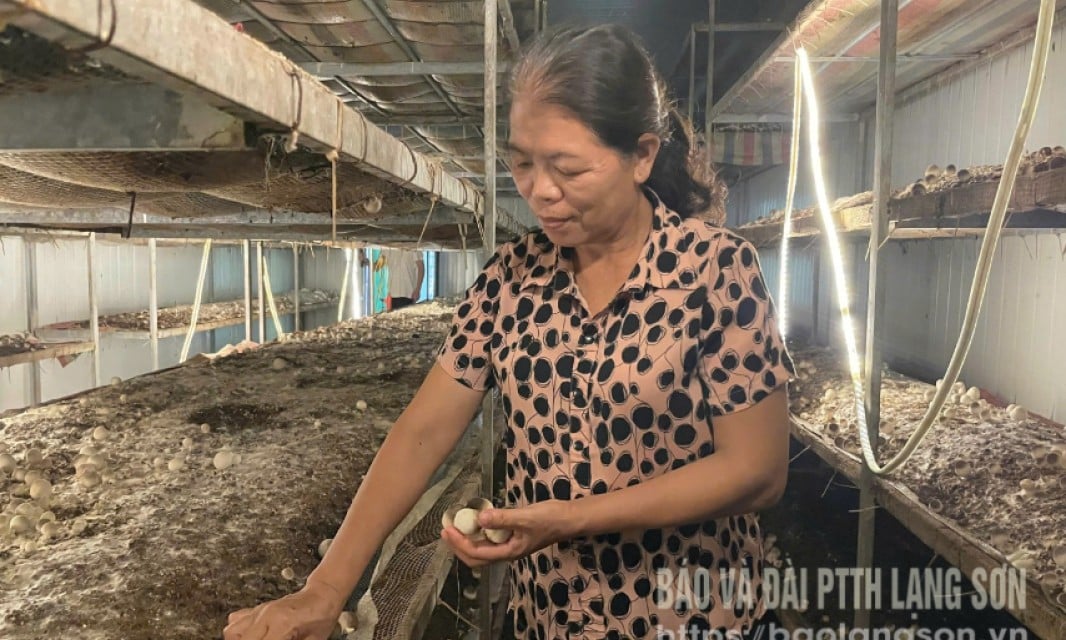






Comment (0)